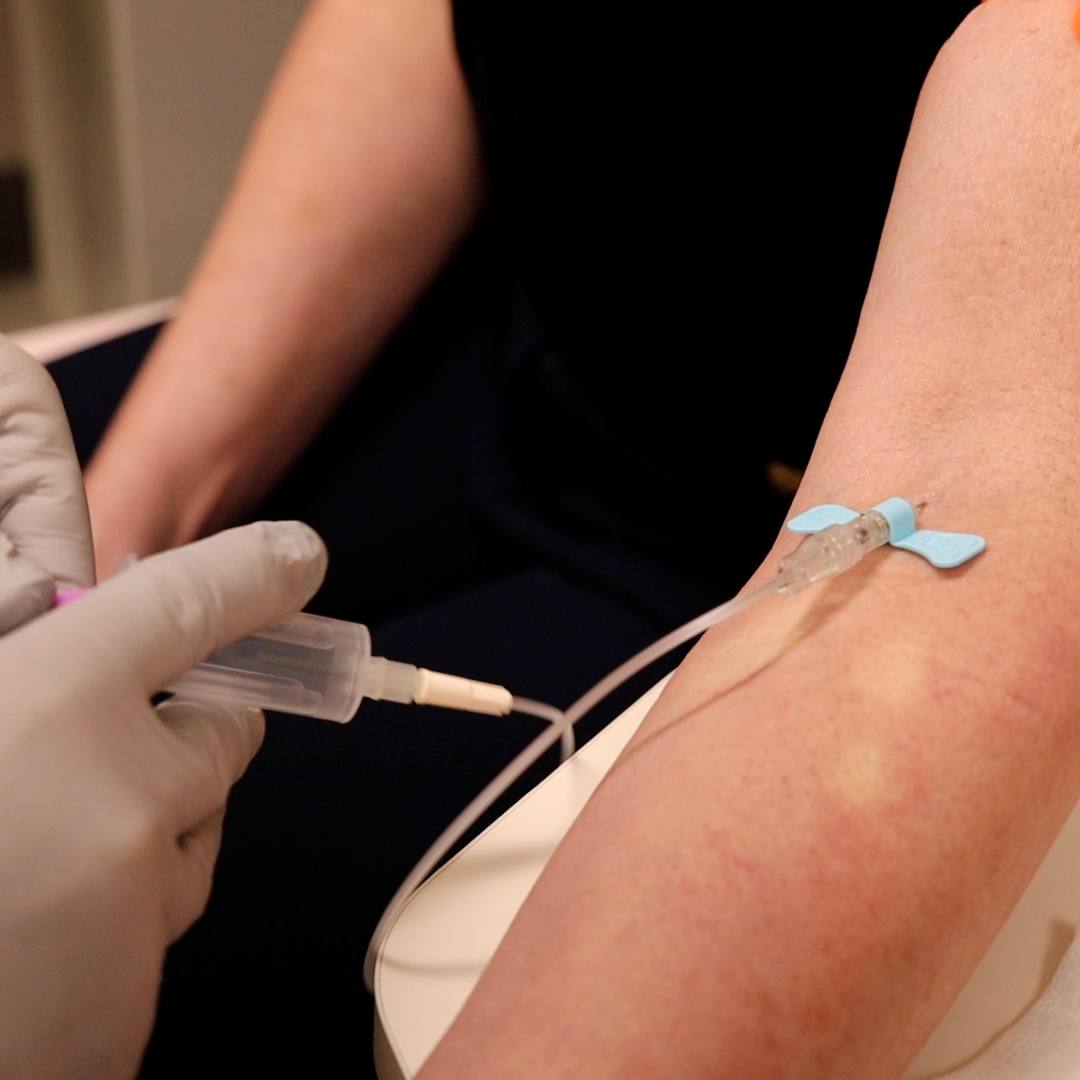-
Health & Wellness
Mayo Clinic Q and A: Toenail fungus often difficult to eliminate completely
DEAR MAYO CLINIC: What causes toenail fungus, and what can be done to treat it? Is it contagious?
ANSWER: Toenail fungus is an infection that’s usually caused by a microscopic organism called dermatophyte fungus. These infections can be contagious, and they are often difficult to eliminate completely. Fortunately, for most healthy adults toenail fungus doesn’t pose any serious health risks.
Toenail fungus is a common condition that begins as a white or yellow spot under the tip of your toenail. As the infection goes deeper, nail fungus may cause your nail to discolor, thicken and crumble at the edge. Fungal infections are more likely to happen in your toenails than in your fingernails because toenails often are confined in a dark, warm, moist environment — inside your shoes — where fungi can thrive. Toes also have less blood flow than fingers, making it harder for your body’s immune system to detect and stop the infection.
The older you are, the more likely you are to get toenail fungus. That’s because as you age, your immune system changes. In addition, your nails become more brittle and drier over time, creating more cracks where fungus can live.
Toenails are made up of multiple layers stacked on top of each other. Toenail fungus can be tough to get rid of because it can get into and in between those layers. It may also sit on top of the nail or grow underneath it. In some cases, fungus can get into the cells that make the nail, called the nail matrix. That can make the fungus very difficult to eliminate because the cells manufacturing the rest of the toenail are infected.
The good news, though, is that toenail fungus typically does not lead to bigger medical problems. With that in mind, I generally encourage healthy adult patients with mild toenail fungus to not treat it or to treat it just using topical measures. For example, you can buff the nail down with a file to keep it thin, so the fungus has less of a home to live in. You should also keep the nail trimmed. If you let your toenails grow long, it creates more places for the fungus to grow.
If you want to do more than that, over-the-counter lacquers similar to nail polish are available that you can put on your toenails. Those treatments help keep the fungus from growing. Your physician also can prescribe a product that contains antifungal medicine that you apply once or twice a day to the nail to help eliminate the infection.
You may see ads publicizing laser treatments for toenail fungus. I usually don’t recommend them. They tend to be quite expensive, and at this time most medical insurance does not cover that type of treatment.
In some specific cases, I do suggest a more aggressive treatment plan for toenail fungus. If you have unstable diabetes or if your immune system is compromised — you have HIV, you’ve had a transplant or you’re undergoing cancer treatment, for example — then you need prompt treatment for a fungal infection. If left unchecked, the fungus may be able to spread to other parts of your body and make you quite ill.
Treatment in these situations usually involves the topical medications mentioned earlier, as well as an oral antifungal drug, such as terbinafine or itraconazole. These drugs help a new nail grow free of infection, slowly replacing the infected part. You typically take this type of drug for six to 12 weeks. But you won’t see the end result of treatment until the new nail grows in fully. With this treatment, it may take several months or more to completely eliminate the infected nail. — Dawn Davis, M.D., Dermatology, Mayo Clinic, Rochester, Minn.
Related Articles







